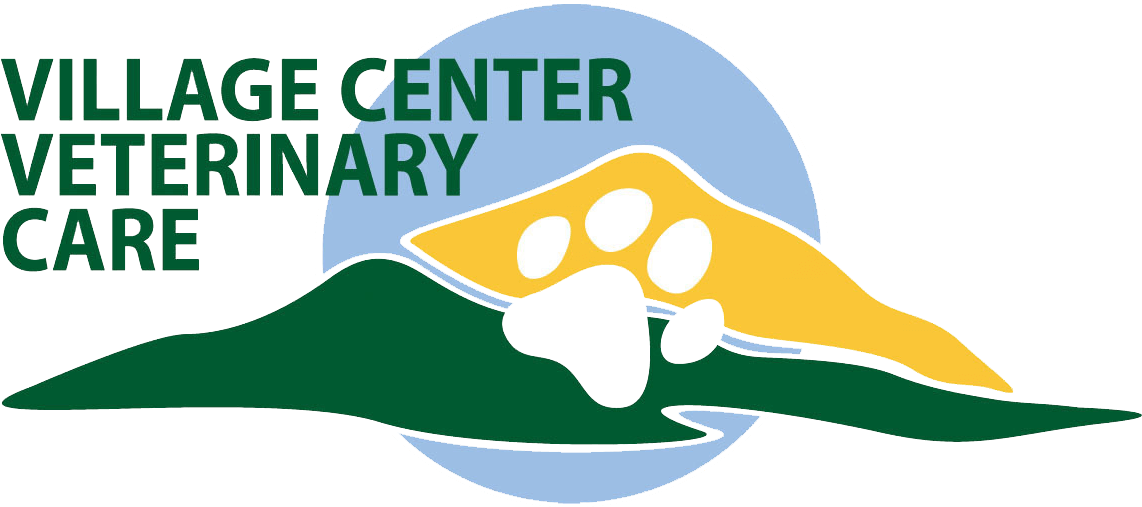Imagine not being able to pee for an entire day. Your bladder keeps getting more and more tight, but there is no way to relieve it. Things would most likely be pretty painful and miserable by that evening. Now imagine that continuing on for two more days. That is usually about the time that people start to realize there is a problem with their middle aged male ferrets who have this issue. At that point the ferret is collapsed, lethargic, and usually millimeters away from dying.
Adrenal gland tumors in ferrets are a fairly common phenomenon. They produce high levels of estrogens and progesterones which are sex hormones. In both males and females they cause hair loss, and in females they tend to cause a swollen vulva. In males the hormones produced by the adrenal tumor can cause the prostate gland to become enlarged and prone to infection. Infectious material in the prostate works its way up into the bladder and cause the bladder to be filled with pus, which is much thicker than urine and tends to plug up the tiny little tube that goes from the bladder to the outside--the urethra. The prostate gland also wraps around the urethra, and when it becomes enlarged it squeezes off the urethra, making an already narrow exit tube for the bladder even narrower. As all of this sneaky stuff is happening on the inside the ferret usually looks pretty normal on the outside--that is until the moment the urethra plugs up and he can no longer pass urine.
Any male ferret over the age of two who is losing hair, perhaps just on his tail or possibly all over his body, is a candidate for urinary obstruction as a result of prostate enlargement and infection caused by an adrenal tumor. Affected ferrets will often be hopping in and out of the litterbox, posing to urinate, and grunting with pain, but not producing anything. Within a short period of time the pain and toxicity from the urinary obstruction will cause them to become lethargic. If the bladder ruptures the ferret will die shortly afterwards. More often they die from a combination of being poisoned by the retained urine being absorbed back into the bloodstream and the shock from the pain.
Treatment of ferrets with urinary obstruction involves stabilization first--draining the bladder with a needle, pain medication, IV antibiotics and IV fluids. Once they are more stable they are anesthetized and a urinary catheter is placed to relieve the obstruction and allow continued free flow of urine.
If the ferret survives the first round of stabilization we have to consider what to do next to fix the underlying problem. The most definitive treatment is to surgically remove the problem adrenal gland. Most adrenal tumors are amenable to surgery, but some are too large or in a location where they cannot be taken out. In those cases there are drugs that help reduce the effects of adrenal tumor hormones on the prostate, but they are only partially effective in the long run.
It goes without saying that the sooner a urinary obstruction in a male ferret is detected and corrected the better the prognosis, so until we find a way to eliminate adrenal tumors in ferrets it is a problem that all ferret owners need to be aware of and watching for.

